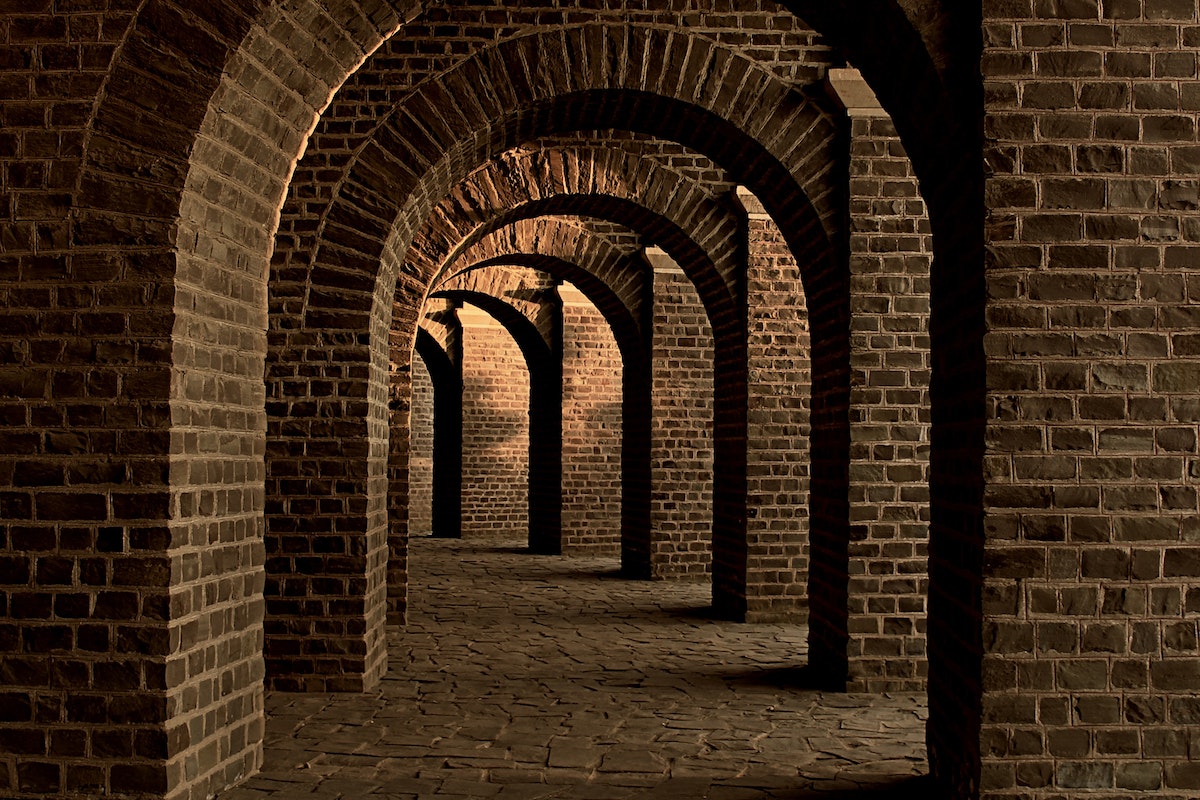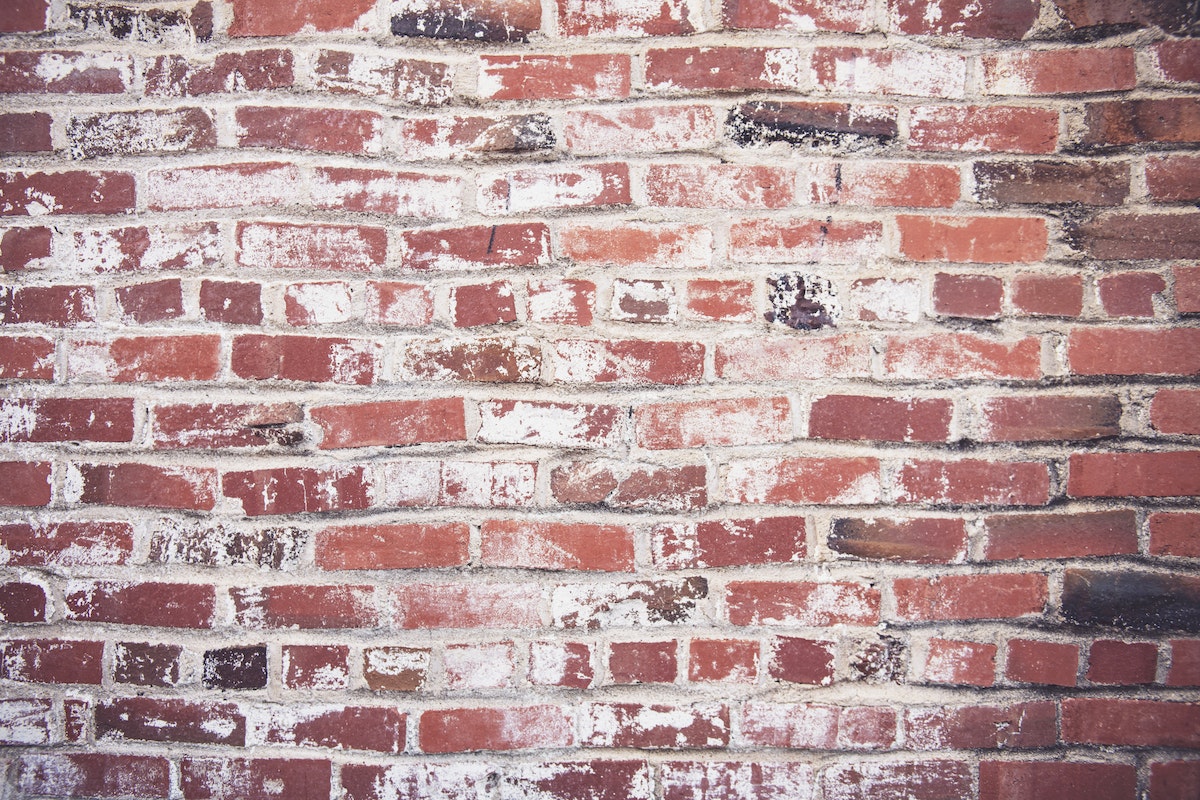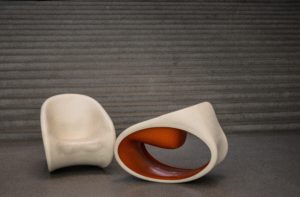
Burnt clay bricks are an extremely ancient construction material in many ancient structures worldwide. Bricks and clay make up one of the oldest construction materials clay bricks are found in many ancient forms. Standing tall across the globe. In addition, clay Bricks are one of the oldest construction materials used by humans, dating from the time of the Babylonians over 5,000 years ago.
Traditionally, the term brick referred to a small unit of construction materials made chiefly from clay brick suppliers. Formally, the term brick was used to signify a division of building made from formed clay. Still, in modern times, it is used to denote any stone- or clay-based building unit joined together by a cementitious mortar in its construction. A brick is a block used for building walls, paving, and other masonry building elements. Barry (author of The Building Construction) uses brick to describe a small, baked clay block. Such as to fit comfortably into a single hand, slightly longer than double its width.
Brick is a primary building material, commonly found in rectangular shapes, manufactured of clay bricks. Bricks used for specific purposes can either be cut or manufactured under a variety of other conditions. Bricks may be manufactured in various ways, usually of a clay-based material, formed in shape, and cemented into the form by heating. Some other drying processes. Bricks can be made of several different materials for different purposes.
Brick units are robust and contribute to building assemblies that stay used over a prolonged time within a materials cycle. Unlike other materials, bricks are highly usable and easy to maintain, creating energy-efficient buildings that serve various functions. Brick has a very long life span and does not need any maintenance. It is a highly cost-effective construction material that helps in the higher resale value of brick buildings. Clay brick is still one of the most commonly used building materials because of its durability. Structural strength, energy efficiency, and environmental impact.

Besides its natural heat-retention qualities, clay bricks have much-coveted acoustic properties that can withstand airborne sound. Lessen the effects of outside noise. In addition, clay brick has better heat insulation, which may substantially reduce energy costs over time. When comparing clay bricks with concrete bricks, it is essential to note both of these materials. It can produce a visually appealing, structurally sound wall if installed correctly.
The fact that clay bricks and concrete blocks are manufactured with different raw materials causes them to have other structural properties. Clay brick and concrete blocks are both heavy materials, but their exact weight depends on the materials used. Block sizes and type of construction. In addition, clay blocks, face bricks, clay roof tiles and paving are incredibly eco-friendly and natural construction materials as clay blocks are made from raw materials, clay and water.
Natural deposits in soil are constantly diminishing because of frequent clay usage for brickmaking. Clay is still a significant material for bricks, but sand, lime, cement, and fly ash are other commonly used materials.
These types of brick are samples of the available materials used in brickmaking. Researchers frequently experiment by changing levels of clay, sand, lime, fly ash, cement, and other materials. Within a given brick to, find combinations that have the best properties. Different bricks are used in building, depending on the materials used, such as clay, cement, lime, fly ash, etc. Therefore, field identification of bricks is based on their properties, uses, and suitability for various building applications. As bricks are the most common, fundamental, and necessary units in building houses, they should be of high quality. Presence Engineering Bricks are usually used in basements, where chemicals or water attacks are prevalent. Damp-proofing courses. Constructing good-quality structures and paying attention to the quality of materials are essential.
Engineering bricks are also extremely low in porosity and used for places such as storm drains, retention walls, and foundation works. Underground tunnels, where resistance to water and frost is vital. In building projects, bricks are widely used because they possess advantageous properties. Such as easy handling, high durability, and lower costs. They are used in nearly all civil engineering projects, including commercial, industrial, and residential. The term brick correctly refers to blocks made from dried clay but is also used unofficially to refer to other chemically-cured building blocks.
Clay may be mixed with cement, ash, or different chemicals to modify the composition of the brick for desired qualities. Bricks become such durable materials because, after being fired in a furnace to temperatures up to 2000., The clay units undergo vitrification, which melts clay particles together. Once the clay is formed and fired, it makes a rigid brick with durability unparalleled to other conventional construction materials.




